A Rail Accident Investigation Branch report said the train derailed and hit a bridge parapet after it struck debris that had been washed out of a drainage trench.
The trench was built by Carillion between 2011 and 2012 and contained a perforated pipe that had been installed as part of a project to address a known problem with drainage and the stability of a cutting in that area.
But the drainage system and associated earthworks had not been constructed in accordance with the original design and were not able to safely accommodate the water flows caused by heavy rain on the morning of the crash.
Simon French, Chief Inspector of Rail Accidents, said: “This investigation highlights the risk of uncontrolled changes to railway infrastructure during construction.
“It is so sad that a project that was designed for the protection of the travelling public became unsuitable for its intended use and posed a hazard to trains because of such uncontrolled changes to the design.
“When anything is built in difficult conditions, such as on the side of a steeply sloped cutting, changes will often be needed for practical reasons.
“Although such changes are normal and can be highly beneficial in terms of saved time and cost, they need to be made with care.
“In each case, the original designer needs to understand the change that’s proposed and review the implications of a change that may appear inconsequential to the team on site.
“I hope this example will resonate throughout the UK’s construction industry.”
Among recommendations made by the RAIB following the incident is better management of civil engineering construction activities by Network Rail and its contractors.
Video summary, including a digital visualisation of the accident
Visualisation of the performance of the drainage system

.gif)



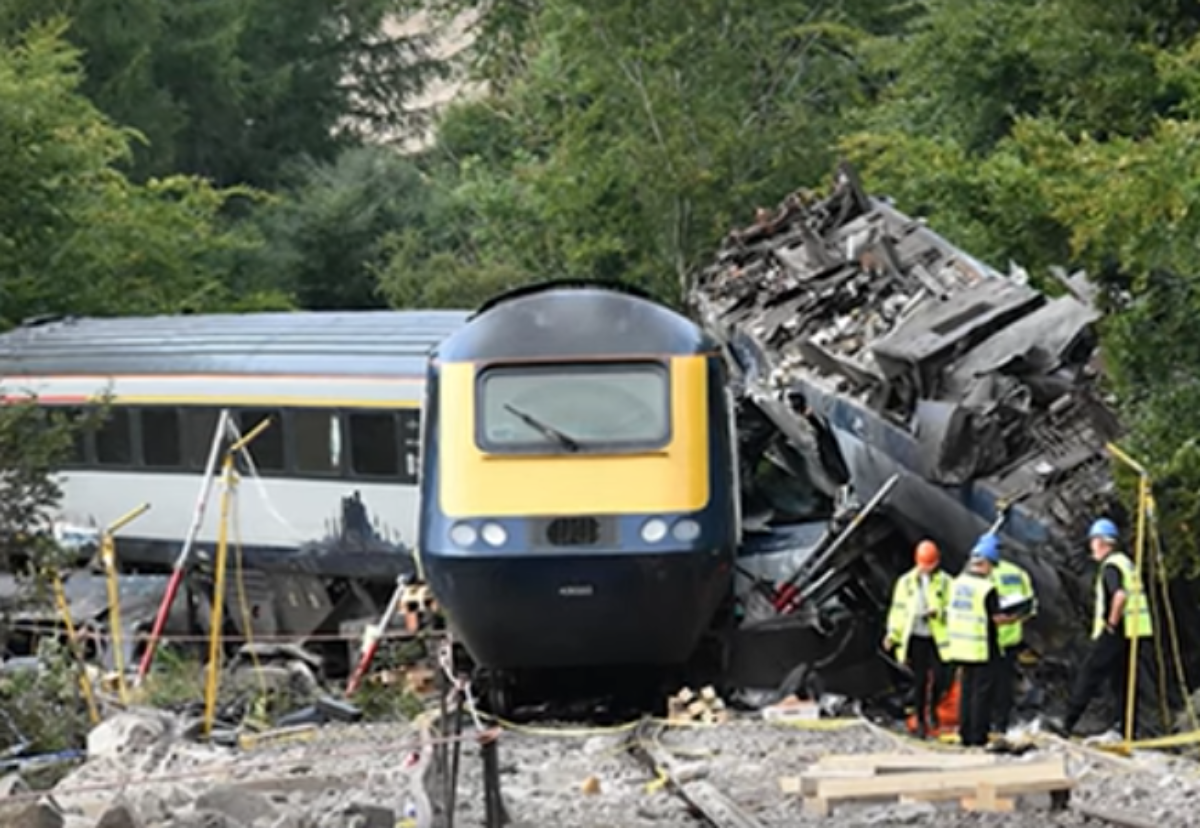






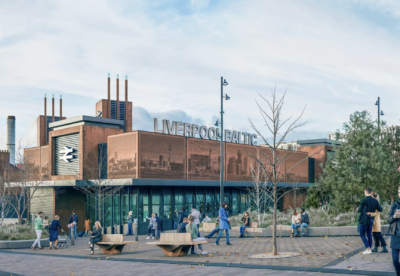

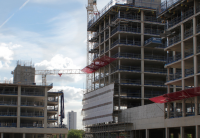


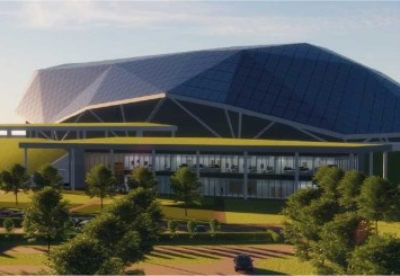

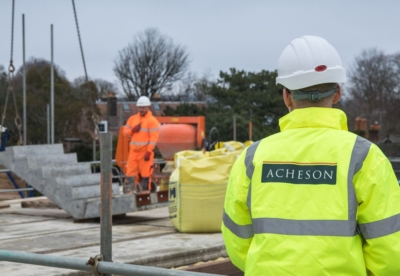
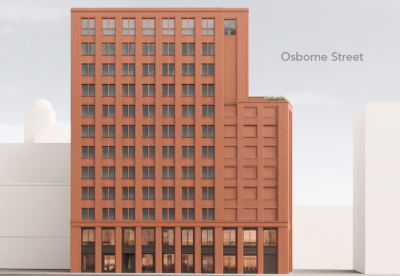

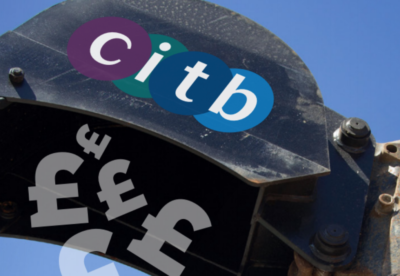
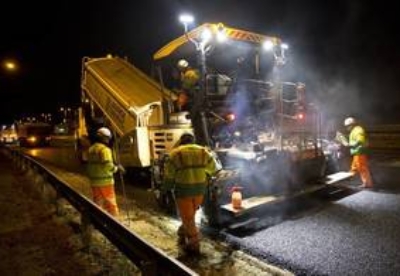


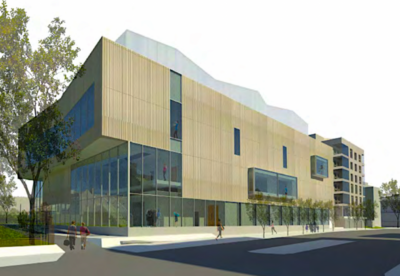
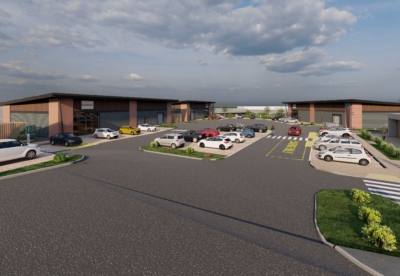
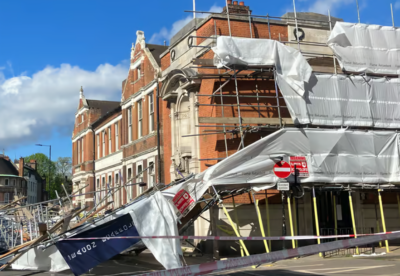

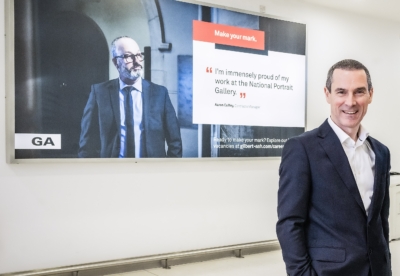
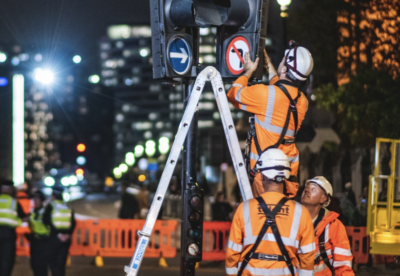
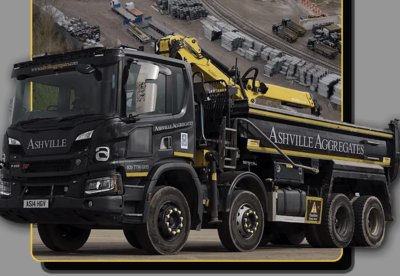


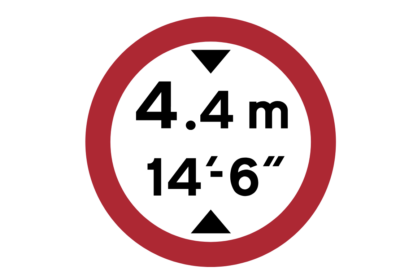
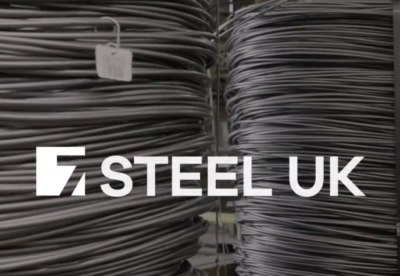






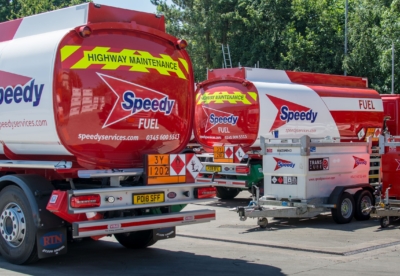






 (300 x 250 px).jpg)



